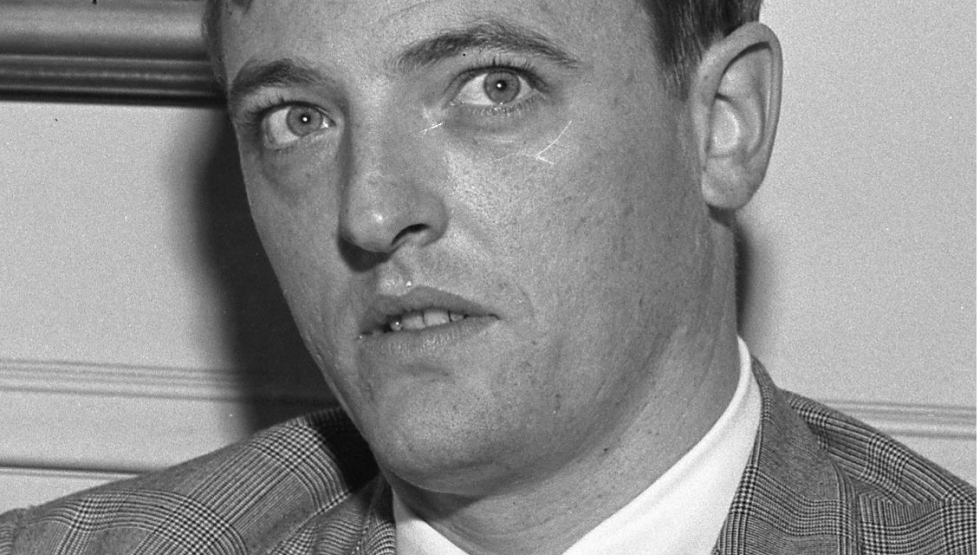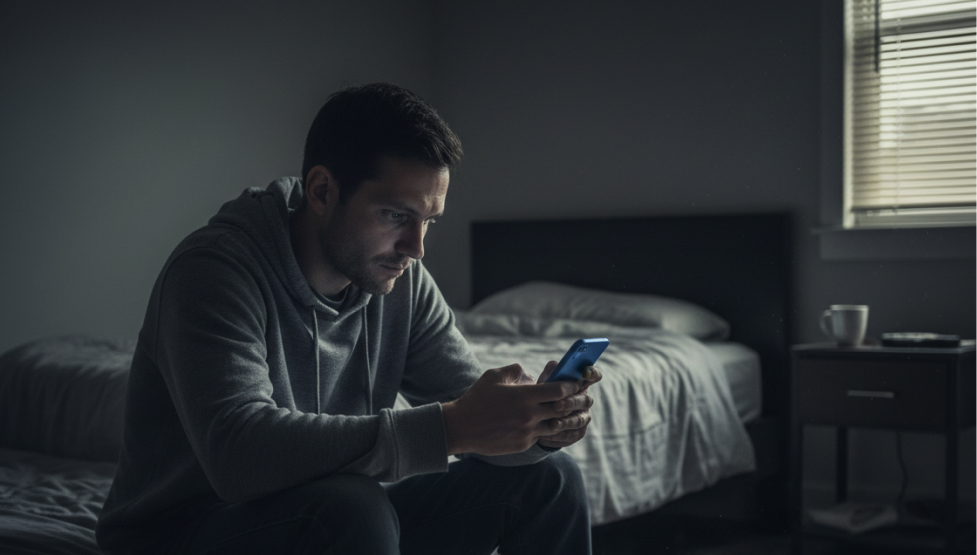It is curious to read the headlines in most reports of the King's historic visit to the Vatican today suggesting it is the first time a British monarch has prayed with a Pope since 1534. Perhaps the Palace briefing has gone awry? In 1534 Henry VIII, having fallen out with Clement VII, had Parliament pass the Act of Supremacy which confirmed the break with Rome, declaring the King supreme head on earth of the Church of England. So it is highly unlikely His Majesty and His Holiness knelt in prayer that year. In fact, there is no evidence that the King (whom Pope Leo X had, in happier days, declared Fidei Defensor) ever met.
Indeed, the prayer meeting on 23 October may well be unprecedented – not since St Peter – that a reigning British sovereign met and prayed with a reigning Pontiff.
But over two millennia, it is always difficult to be absolute. As Melanie McDonough has written in The Telegraph, Caedwalla, King of Wessex since 685, may have been among the first of the West Saxon monarchs to pay homage in Rome. In 689, grievously wounded from fighting on the Isle of Wight, he abdicated and journeyed to the Vatican where he was baptised by Sergius I on the Saturday before Easter. He took the name Peter. He died not long after and was buried in St Peter’s Basilica with the epitaph “King of the Saxons”. In 726, Caedwalla’s successor, Ine of Wessex, similarly retired from public life, went with his wife, Etherburh, to Rome, was received by Gregory II and built himself a house there, dying two years later.
For the Wessexes, a pilgrimage to Rome was thought to aid one’s chance of a welcome in Heaven. In 853, a five-year-old Prince Alfred was sent to Rome where he was confirmed by Leo IV. In 855, he joined his father, King Æthelwulf of Wessex, and again met (and presumably prayed) with Pope Leo. Sixteen years later young Alfred would succeed his brother and is now venerated as Alfred the Great.
Historian Dr James Willoughby has pointed out two more monarchs who also paid papal homage. Cnut, the legendary King of England and Denmark, could not hold back and in 1027 visited Rome and John XIX and joined His Holiness in the coronation of the Holy Roman Emperor, Conrad II. Then in 1119, more to settle a dynastic and territorial battle than to pray, Henry I of England (son of William the Conqueror) met Pope Calixtus II, not in Rome but Rheims.
The Crusades could have been expected to produce a meeting, and history suggests one at the papal palace in Orvieto, Umbria, between Edward I and Gregory X in February 1273, not long after they succeeded as king and pope.
Despite her devotion to Rome, Henry’s daughter, Mary I, never met either Julius III or Paul IV; nor did her cousin, Henry’s Catholic great-niece, Mary, Queen of Scots, meet the popes during her reign – Pius IV, Pius V or Sixtus V. It was only after the ‘Glorious Revolution’ in 1688 (the accession of William and Mary) and the exile of James II & VII that the Stuarts and the Papacy became familiar.
After the failure of the second Jacobite Rising in 1719, Pope Clement XI offered James II’s son and heir, James Francis Edward Stuart (the “Old Pretender”), the Palazzo Muti in Rome’s Piazza dei Santi Apostoli, which became the Jacobite court in exile. It was here that Bonnie Prince Charles (the “Young Pretender”) and his younger brother, Henry, were born. Successive popes, until Clement XIII, recognised the Old Pretender as “James III and VIII”.
While the Old Pretender clearly met – and prayed – with some of the six successive pontiffs that supported him in exile, that affection and recognition did not extend to his heir, the Young Pretender. However, Charles’s younger brother, Henry, enjoyed the closest, most elevated and sustained links with the Holy See of any British royal.
Baptised by Benedict XIII and created a Cardinal at 22 by his godfather, Benedict XIV, Henry became known as the Cardinal Duke of York. As prince of Church and State, he attached ermine to his scarlet robes.
On the death of his brother, Bonnie Prince Charles, in 1788, the Cardinal, at the age of 63, privately became Henry IX. It was said to be “the emptiest crown in Europe”, exacerbated by the Vatican’s recognition of the Hanoverian Protestant George III as Britain’s legitimate sovereign. Henry’s disinheritance was ameliorated by his cousin George III’s granting him an immense annuity of several thousand pounds.
As a Cardinal and elector for six decades – the longest in Roman history – Henry must have knelt and prayed with his five Popes countless times. Despite Henry IX’s abiding residence in Frascati, 20 kilometres south of Rome, any Jacobite could happily point, during his ‘reign’, to 20 years of shared sacraments and ceremonies between rightful king and ruling pontiff.
At the same time, when August Frederick, the Duke of Sussex (the last before Prince Harry), the sixth son of George III, lived in Rome in 1792–93, he was, apparently, on cordial terms with Pius VI. Although they never met, Sussex’s eldest brother (later George IV) might have been cheered by Pius VII’s declaration in 1800 that his (illegal) marriage, when the Prince of Wales, to the Catholic Maria Fitzherbert was valid.
The next direct encounter between Holiness and Majesty took place in 1903 when a determined Edward VII, “the Uncle of Europe”, on a State Visit to Italy, met Leo XIII. Rather absurdly, the King was forced to do so as “a private individual”. Interestingly, seven years later and only weeks before his death, Edward VII paid a visit to Lourdes.
Exactly two decades later, his son George V and his consort, Queen Mary, prompted by post-war dynamics and the Irish question, met Pius XI at the Vatican. Great sticklers for correct form, Their Majesties – in full military dress and long black dress and veil – honoured the fact that this was the first formal meeting since the English Reformation of a ruling sovereign and the Vicar of Rome. The audience of twenty-five minutes, as formal as it was, constituted a breakthrough. But there was never a hint of kneeling or prayer.
Nor was there any supplication in 1951 when George’s granddaughter, Elizabeth, the year before she became Queen, met with Pius XII. She would meet four more popes: John XXIII, John Paul II (thrice), Benedict XVI, and Francis. In 1982, she welcomed Pope John Paul to England – the first time a Pontiff had visited (it is said again “since the break with Rome”; but surely it was the first time ever. Not even Hertfordshire-born Nicholas Breakspear returned home after being enthroned as Adrian IV in 1154).
Prior to Pope John Paul II’s visit, the Queen announced, “We support the growing movement of unity between the Christian Churches throughout the world, and we pray that your Holiness’s visit to Britain may enable us all to see more clearly those truths which both unite and divide us in a new and constructive light.”
In 2010, she met Pope Benedict XVI when he visited the United Kingdom. The late Queen’s final papal meeting was in 2014 when she met Pope Francis at the Vatican. As Catherine Pepinster put it in her seminal Defenders of the Faith (2022), “In September 2010, Benedict XVI addressed the nation from Westminster Hall, where Charles I was tried; where Thomas More and John Fisher were tried for refusing to sign the oath of supremacy. Four surviving prime ministers listened: Margaret Thatcher, John Major, Tony Blair and Gordon Brown. So poignant was the moment that many notable Catholics invited to witness the event shed tears as the Pope walked past the brass plaque that marked the site of More’s trial.”
In 2017, a senior Vatican official dubbed Elizabeth “the last Christian monarch” – but he spoke too soon. Long recognised as a deeply spiritual man, Charles has seamlessly continued the weekly rituals of his mother – publicly attending Sunday service at the Chapel Royal, St George’s Chapel, Windsor, St Mary Magdalene, Sandringham, as Supreme Governor; and Crathie Kirk in Balmoral and Canisbay Church in Caithness. As his contemporary and confidant, Rt Rev Lord Chartres, has observed, Charles is “enthralled by religion.”
He has made at least five visits to the Vatican and met John Paul II, Benedict XVI, and Francis as Prince, and, in April this year, 12 days before the latter’s death, as King. It was the King and Queen’s 20th wedding anniversary, and His Holiness apparently blessed their union.
Charles had tried, as Prince in 1985, to join John Paul II at Mass, but had to demur on his mother’s insistence, acting presumably on advice. He did, however, attend the canonisation Mass of John Henry Newman in Rome in October 2019 and only last month visited St John Henry’s rooms at the Birmingham Oratory.
But today, just after midday, in the Sistine Chapel beneath Michelangelo’s astonishing The Creation of Adam, where, for 500 years, the divine hand and the human have not quite touched, the Anglican King will, at last, join the Bishop of Rome in prayer.




.jpg)




.jpg)






